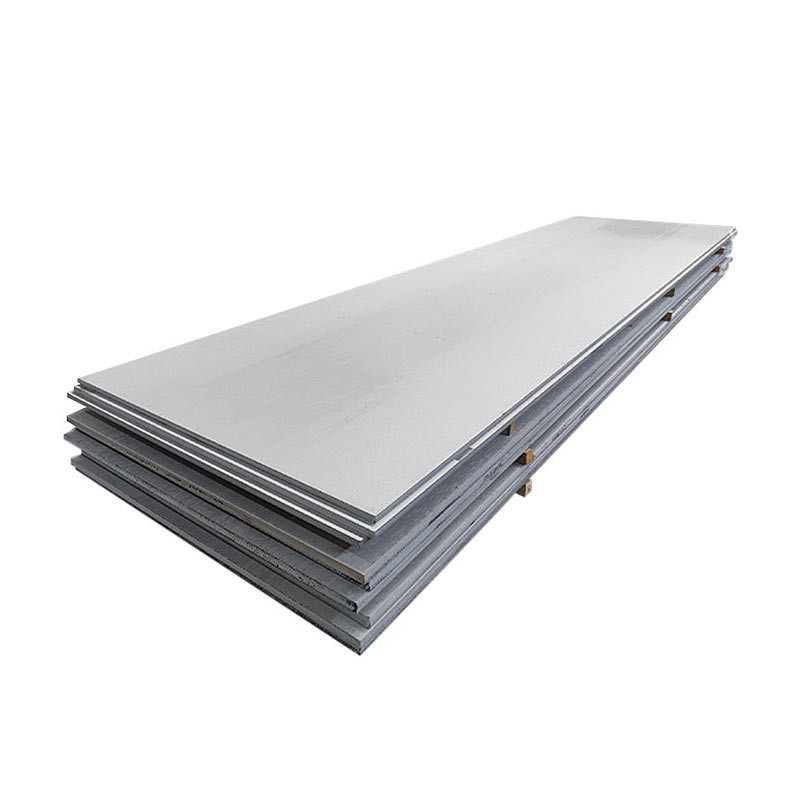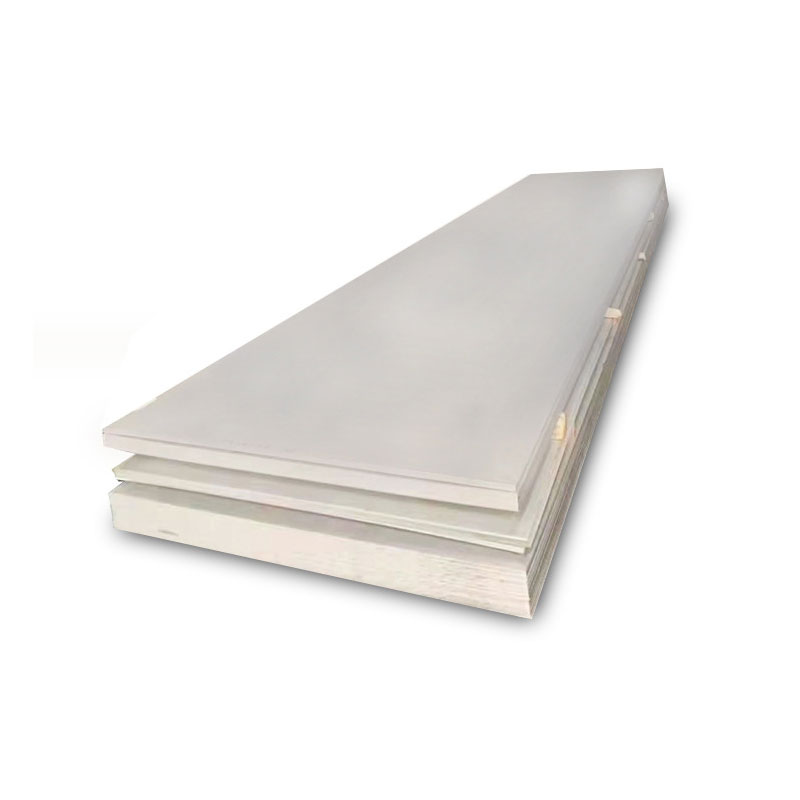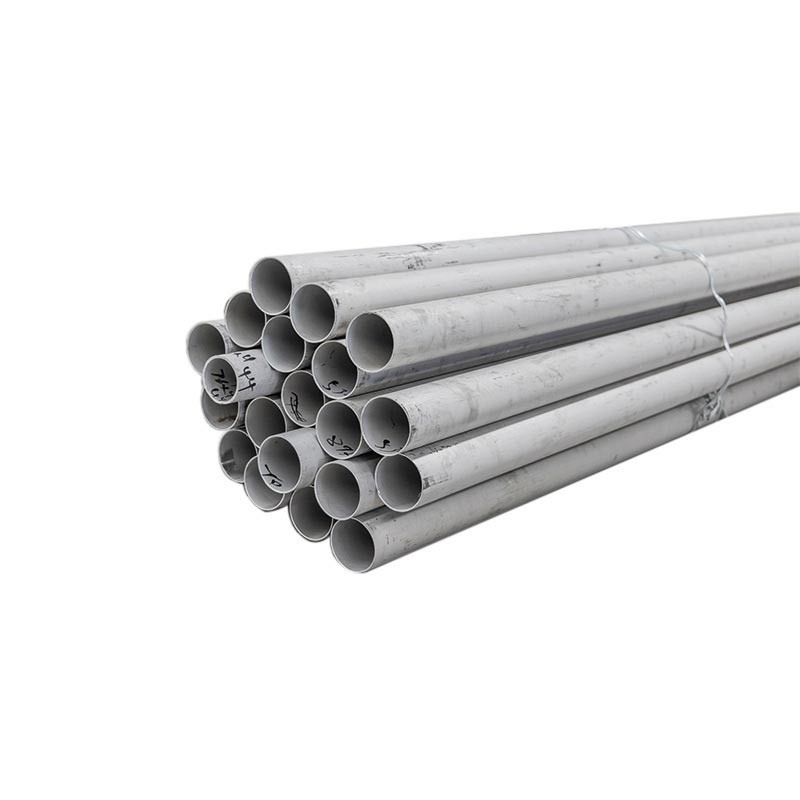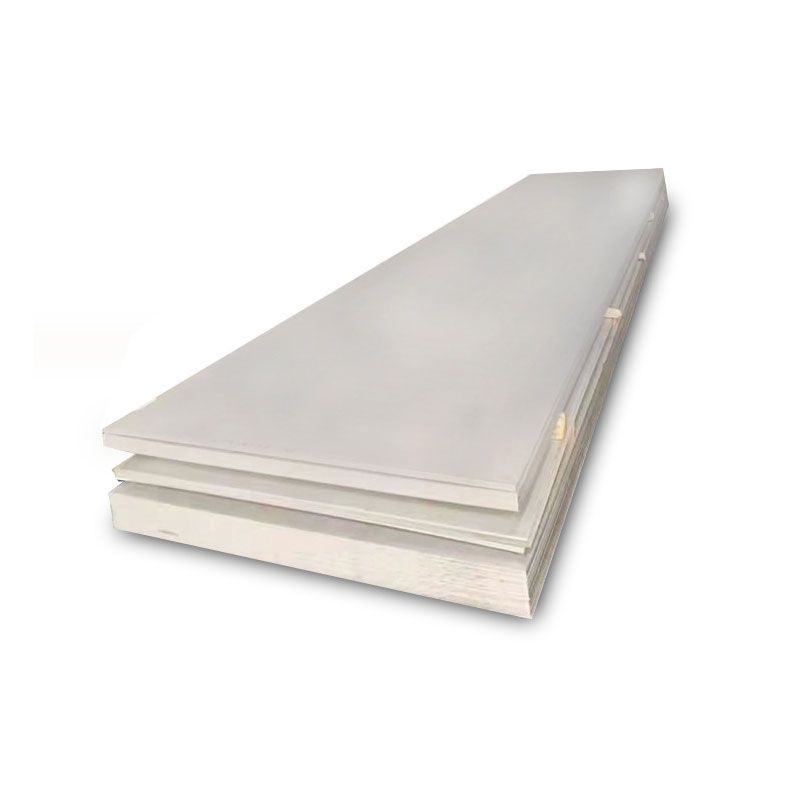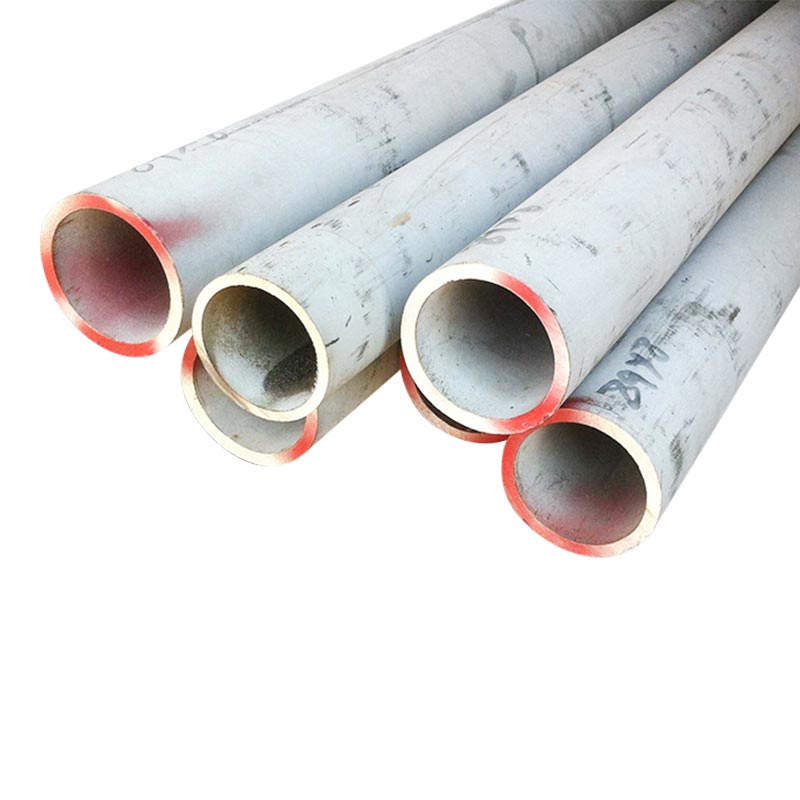How to Identify 201 and 304 Stainless Steel Tubes Without Authentic Stamps?
How to Identify 201 and 304 Stainless Steel Tubes Without Authentic Stamps?
In recent years, 304 stainless steel tubes have become increasingly popular. Compared to 304 stainless steel tubes, the 201-grade stainless steel tubes have relatively poor corrosion resistance and are not recommended for use in consistently humid environments or coastal areas. They are mainly used in drier regions and in applications with lower quality requirements. On the other hand, 304 stainless steel tubes offer excellent corrosion resistance and are often suitable for humid environments or coastal regions such as Guangdong, Fujian, Zhejiang, and other coastal provinces.
It is precisely due to this difference in corrosion resistance that 201 stainless steel tubes are cheaper than 304 ones. This price difference often leads some opportunistic merchants to pass off 201 tubes as 304 stainless steel tubes, selling them at higher prices to reap substantial profits. Such practices can pose significant risks to end users.
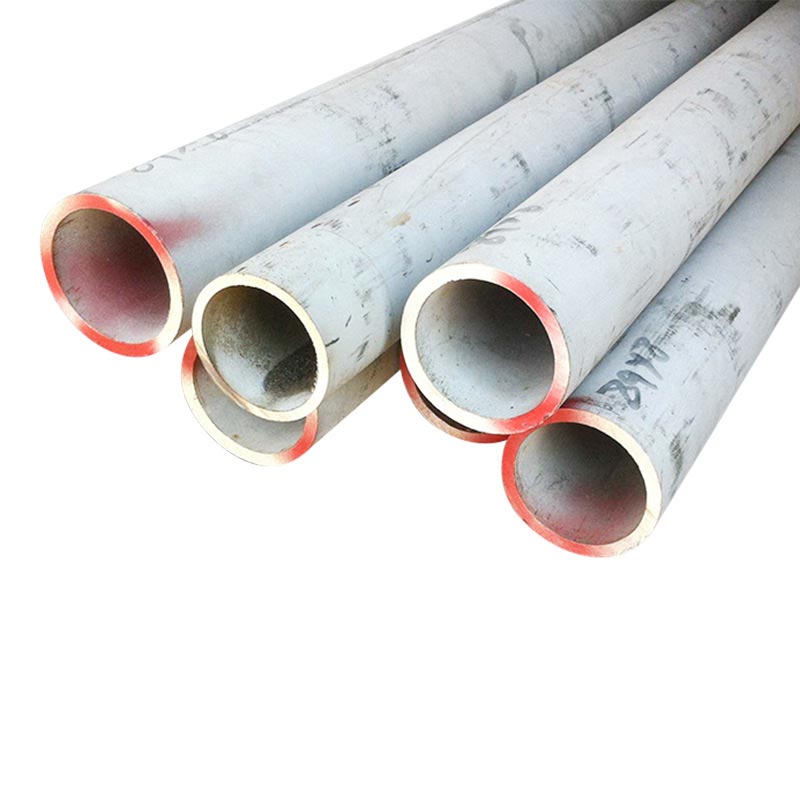
So, how can one distinguish between 201 and 304 stainless steel tubes in the absence of stamped markings? Below are three methods to easily identify 201 and 304 stainless steel tubes:
Both 201 and 304 stainless steel tubes usually have a matte surface. When identifying them by visual inspection and touch:
304 stainless steel tubes have a brighter, more reflective appearance and feel smooth to the touch.
201 stainless steel tubes appear darker and less lustrous, with a rougher, less smooth texture.
Additionally, wet your hand and touch both types of stainless steel. Water stains and fingerprints on the 304 surface are easier to wipe off, while those on the 201 surface are more difficult to remove.
Use a grinder equipped with a grinding wheel to lightly polish the surfaces of the two types of tubes or plates.
When polishing, 201 stainless steel produces longer, thicker, and more sparks.
In contrast, 304 stainless steel produces shorter, finer, and fewer sparks.
Apply light pressure during polishing and ensure the same amount of force is used for both types to facilitate comparison.
Apply stainless steel pickling paste to both types of stainless steel plates.
After two minutes, observe the color change on the applied areas:
If the area turns black, it is 201 stainless steel.
If it turns white or remains unchanged, it is 304 stainless steel tube.
- Why Do Pores Appear on the Surface of 310S Stainless Steel Sheet?
- What are the measurement methods for straightness of 316L stainless steel?
- Analysis of Causes for Internal Folding in 310S Stainless Steel
- What Are the Application Ranges of 304 Stainless Steel?
- Differences in Wall Thickness Tolerance Control Methods Between Stainless Steel Tube and Stainless Steel Seamless Tube
- What Problems Are Prone to Occur When Cutting 304 Stainless Steel Sheet?


